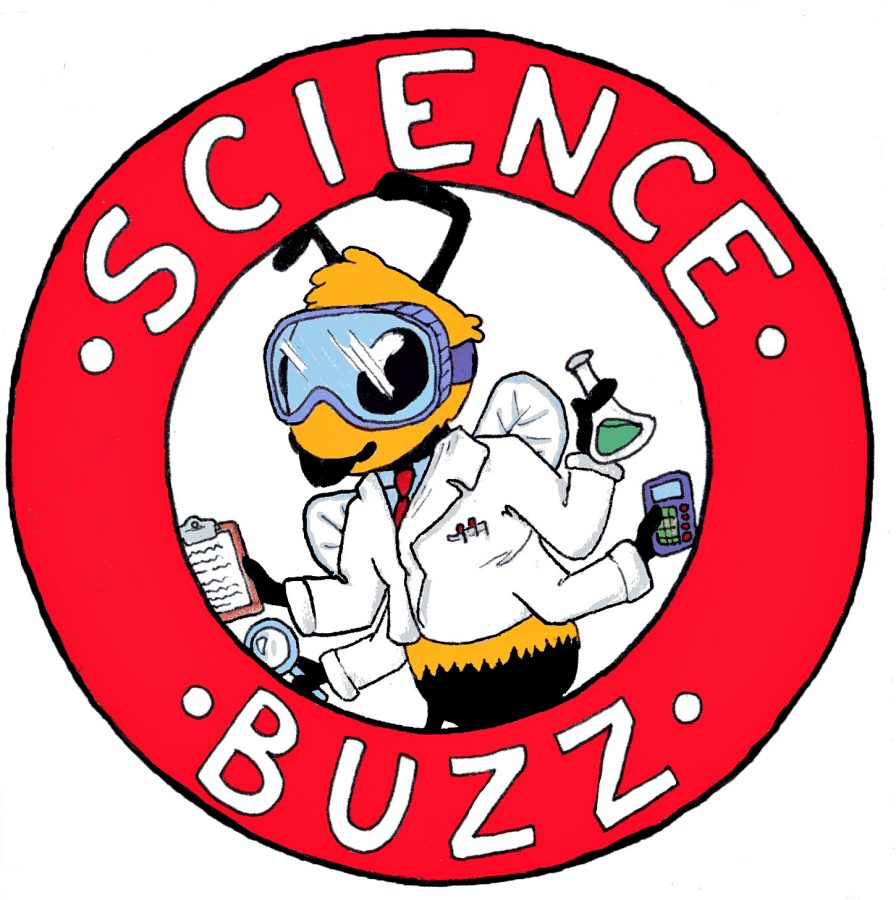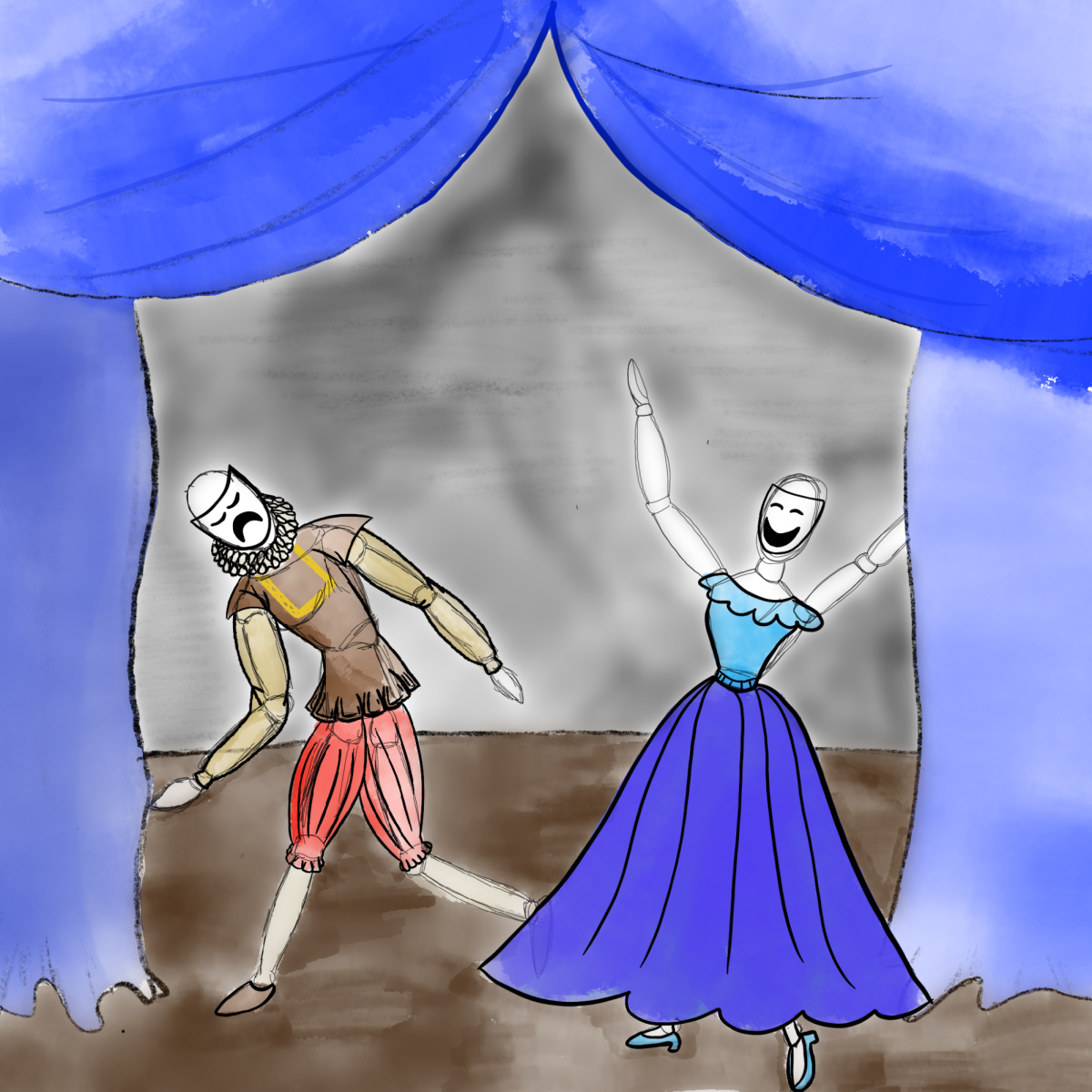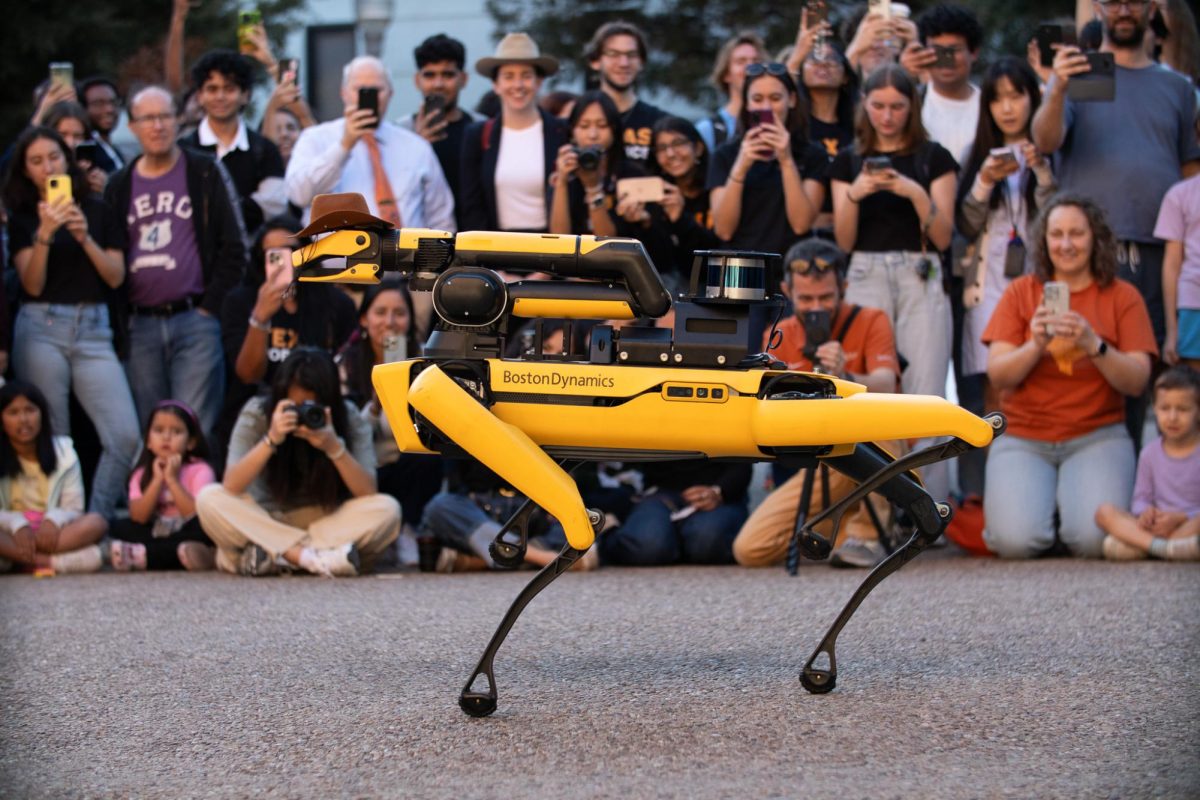Editor’s note: In this recurring column, science writer Robert Starr rounds up the previous week’s top science stories. Have a suggestion? Send a tweet to @RobertKStarr, and your link might appear in next week’s Science Buzz.
Dogs are often called “man’s best friend,” but is the bond between human and canine stronger than just friendship? A new study out of Japan suggests it may very well be. The study brought dogs and their owners into a laboratory. By analyzing urine samples, the scientists discovered humans and dogs experienced a rise in their levels of oxytocin — a chemical associated in te bonding between a mother and a child — after spending quality time together with lots of petting. For the dogs, oxytocin levels increased by an average of 130 percent and, for humans, it increased by 300 percent.
Researchers also brought in wolf owners to take part in the experience. Neither the wolves nor humans experienced the same increase in oxytocin. This suggests that one of the key differences in the evolution from wolf to dog involved this chemical bonding.
Your dog is not just your friend — he’s more like your baby.
We don’t know exactly what dark matter is, but we do know it makes up 27 percent of the universe, exerting gravitational effects on visible matter that can’t be easily explained. A new study discovered that dark matter can also interact with other dark matter in non-gravitational ways.
The study looked at a collision between four galaxies. Although scientists can’t directly see the dark matter, they can infer where it is by looking at the way light bends around the galaxies. This is similar to the way lenses in thick glasses distort images when we look through them, so scientists refer to the effect as “lensing.”
Through this effect, the researchers determined the dark matter surrounding one of the galaxies moved slower than the galaxy itself. Since the same gravitational force pulled the galaxy and the dark matter alike, there must have been some sort of interaction with the dark matter slowing it down.
As the world population increases, we need to find more sustainable ways of feeding the planet. One possible option many have suggested is for more people to eat crickets instead of traditional livestock. The belief is that, with a given amount of plant feed, crickets can produce more edible protein than larger, more complex animals, such as cows and chickens.
Unfortunately, a study published in PLoS ONE showed this is not the case. Crickets are not magic animals — they require good food to grow big and strong. When provided with the same kind of poor-quality feed given to chickens, crickets produced about the same level of edible material as the poultry would have.
The scientists involved also wanted to see what happened if they gave the crickets lower-quality food than what chickens eat, hoping maybe the crickets could make the same quality of food with worse input. But that also turned out to not be the case. With the very low-quality food, 99 percent of the crickets died before reaching a harvestable size.
So all those people who told us we’d be eating crickets are now eating crow.
Thanks for reading Science Buzz. Check back next Monday or check out last week’s article for more!





















